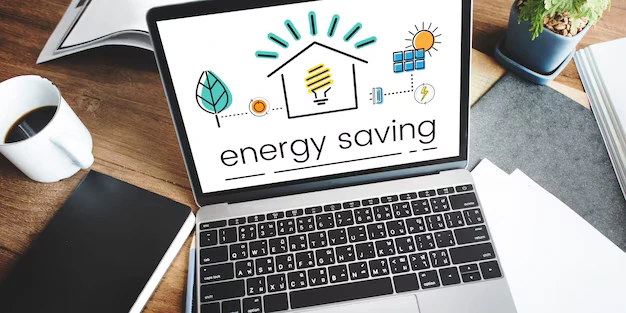How to Calculate Your Carbon Footprint and Reduce at Home
We help you to calculate and lower your carbon footprint


Understanding your carbon footprint is an essential step toward creating a more sustainable household. By calculating your household’s impact on the environment, you can identify areas where small changes can lead to significant reductions in emissions and energy use. In this guide, UtilityKing provides simple steps to help you calculate and lower your carbon footprint, supporting both sustainability and savings.
Reducing your carbon footprint doesn’t have to be complicated. With UtilityKing’s practical tips, you can make small adjustments that add up to a big impact on both your wallet and the planet.

A carbon footprint is the total amount of greenhouse gases, primarily carbon dioxide, produced by our activities. For households, this includes emissions from energy use, waste, and transportation. Understanding your footprint helps you identify ways to reduce emissions and support a cleaner, greener environment.
-Knowing your carbon footprint provides a clear starting point for sustainable practices that make a positive impact.
You can estimate your carbon footprint by assessing your home’s energy use, transportation habits, and waste practices. Many online calculators make it easy to enter your household data and get an estimate of your emissions.
-UtilityKing’s energy tracking tools can help you measure your energy consumption and find areas where you can reduce emissions.
Switching to a green energy tariff is one of the most effective ways to reduce your household’s carbon footprint. UtilityKing’s green tariffs are sourced from renewable energy providers, supporting wind, solar, and hydro power.
-Switching to green energy is an easy, impactful change that supports a low-carbon future for your household.
Heating and cooling are major contributors to household emissions. Optimizing these systems by adjusting thermostat settings, sealing drafts, and using proper insulation reduces energy use and lowers emissions.
-Insulating your home not only reduces emissions but also provides energy savings, making it a sustainable choice for comfort and cost efficiency.
Energy-efficient appliances consume less electricity, which translates to fewer emissions and lower energy bills. Choose appliances with high energy ratings to ensure minimal environmental impact.
-Investing in energy-efficient appliances is a cost-effective way to reduce emissions while enjoying the convenience of modern technology.
Reducing water use saves energy, particularly if your household relies on electric water heaters. Adopting water-saving practices and installing low-flow fixtures help lower both water and energy bills.
-Water conservation helps you reduce your household’s overall footprint while supporting sustainability.
Smart home technology makes it easy to track energy usage, providing insights into where you can reduce consumption. Smart thermostats, energy monitors, and programmable lighting give you control over your home’s energy use.
-Monitoring your energy use helps you identify savings opportunities, maximizing the benefits of your green energy plan.
Waste reduction is a simple but effective way to lower emissions. Recycling reduces the need for resource extraction, while reusing items helps minimize waste.
-Small changes to your waste habits make a significant difference, helping to create a more sustainable household.
Transportation can be a major contributor to your household’s footprint. By walking, biking, or using public transit instead of driving, you can lower emissions associated with travel.
-Eco-friendly transportation options not only reduce emissions but often save money on fuel and maintenance costs.
Establishing specific, measurable goals for reducing your carbon footprint helps you stay on track with sustainable living. Start with manageable changes, then gradually expand your efforts as you see the results.
-Setting realistic goals helps create lasting change, making sustainable living a part of your household’s everyday routine.
Many online calculators provide estimates based on household information, such as energy use, transportation habits, and waste. UtilityKing’s energy tracking tools can also help with measuring your energy consumption.
Yes, switching to green energy directly reduces your carbon footprint by sourcing your energy from renewable resources. UtilityKing’s green tariffs provide an affordable way to support sustainable energy.
Recycling minimizes the need for extracting, transporting, and processing raw materials, all of which produce greenhouse gas emissions. Reusing and recycling materials significantly lowers this environmental impact.
Energy-efficient appliances use 10-50% less energy than standard models, leading to noticeable reductions in emissions and energy bills over time.
Visit UtilityKing’s Comparison Tool to explore green energy options and sustainable home solutions. Take the first step toward a greener, more eco-friendly household today!